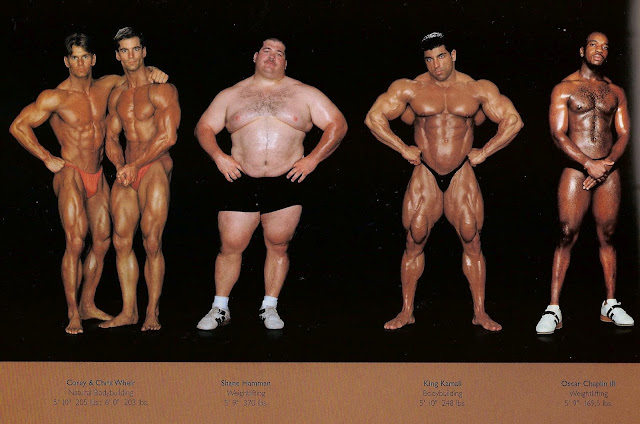Aaron Hobson: Cinemascapes by Google Street View
Apple's iOS6 Maps app has been subject to fair criticisms from all sides, improving Google's standing with its own Google Maps for iPhone users. While Apple will undoubtedly respond with a better Maps app for everyday use, it will still be far behind Google in terms of free artistic use. Somewhat related to its maps, Google Street View has been the medium and subject for many different artistic interpretations. Here, photographer Aaron Hobson uses them for his Google Street View Cinemascapes.
Aaron Hobson began his career in photography in his late 20s, beginning with a series of self-portraits he called Cinemascapes. These self-portraits show the photographer in a series exploring the darker times of his youth, only they look like still shots from a film. This unique aspect ratio forces the viewer to look at the image from its extreme edges down to its center, never being able to fully view the entirety of the cinemascape at one time.
Hobson began his Google Street View Cinemascapes while he was scouting online for a suitable location for a film he was working on. A few hours of browsing Street View turned into a few days, and he became immersed in the virtual world freely provided by Google. Little by little, he began to accumulate distinctive images in his online solitary adventure.
Hobson's Street View Cinemascapes are related to his previous works in style and name alone; the content is totally different with his latest project. Here, Hobson scours the landscapes of the world using Google Street View, looking for scenes that were serendipitously photographed by the automated cameras of the Street View vehicles.
Similar to his previous cinemascapes, these Google Street View scenes are presented in widescreen edition, close to the 2.39:1 aspect ratio of most modern films (in contrast to the 3:2 or 4:3 aspect ratios of still photography). The chosen scenes are also captured beautifully, with long leading lines, distant horizons and contrasting hues. The only major subject that's missing in his images is people; Hobson's images have been described as "the loneliest places on Earth." However, the photographer presents a quiet serenity and reflective atmosphere in his cinemascapes that become the subject itself.
In creating his cinemascapes, Hobson wants to show "...enchanted and remote lands typically only reserved for the eyes of its inhabitants...", only even the remotest locations are now accessible because of 21st century technology. These Google Street View Cinemascapes conclude Hobson's first self-portrait cinemascapes which have their own "dreamlike atmosphere", and the lack of people in these images sets up the stage perfectly for the viewer's own stories.
Hobson is not the first to use Google Street View images as the basis for their own art: There are dozens of websites like 9-Eyes which collect some of the funnier Street View images, and photographer Michael Wolf won a World Press Photo award for his "Series of Unfortunate Events" . What Hobson does however is try to find a moment of anticipation in his cinemascapes. From the most desolate place in Antarctica to the outbacks of Australia, the photographer focuses on those silent images that might be the perfect place for something profound to happen. Indeed, these cinemascapes prove that Hobson has a keen eye for spotting beautiful landscapes in a sea of mundane images.
The Google Street View Cinemascapes are on Aaron Hobson's website. There are a few more cinemascapes on his Facebook fan page. For more artworks appropriated from Google Street View, check out 9-Eyes' lighthearted Street View moments and Michael Wolf's "A Series of Unfortunate Events".











Those are absolutely stunning and places I'd like to be now, well anywhere but here!
ReplyDeletesweet
ReplyDeleteSome beautiful scenes, love the first one!
ReplyDeleteThey all look so desolate. Beautiful but so gloomy!
ReplyDeletestunning photographs
ReplyDeletethose roads look pretty fun to drive on
ReplyDelete